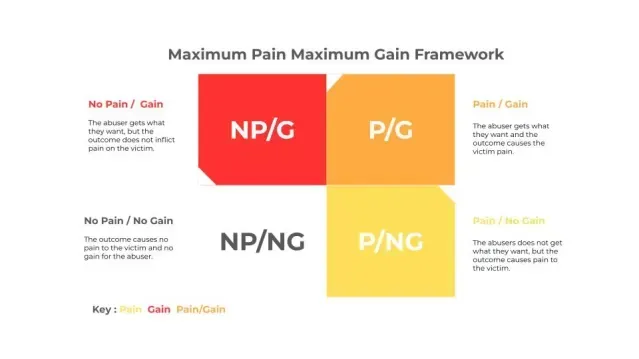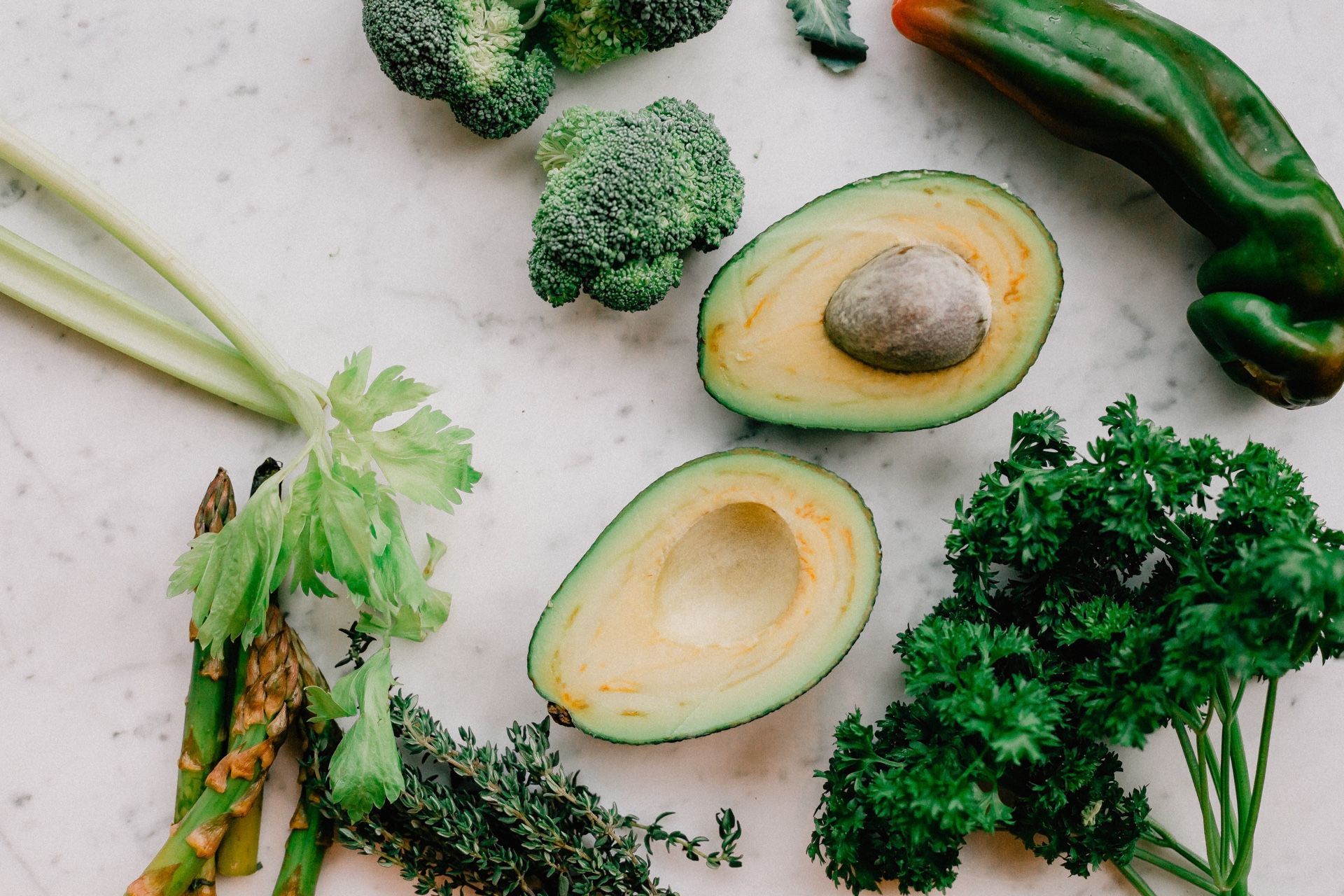Key points
- After separation, domestic abusers seek to cause as much harm as possible, and gain whatever they can.
- Post-separation abuse is coercive control in the post-separation period.
- Victim-survivors can engage in strategies to protect themselves and their children post-separation.
No divorce is fun, but most are reasonably amicable. Divorcing a domestic abuser is another story altogether. After separation, abusers take everything they can—often including the children. The Dark Tetrad explains why some abusers are so ruthless after separation. They are not merely angry exes. They exhibit a toxic combination of narcissism, Machiavellianism, psychopathy, and sadism (Mededovic, & Petrovic, 2015; Kanemasa et al, 2022). It may look like a high conflict divorce, but it is litigation abuse.
Litigation abuse and custody stalking are post-separation coercive control tactics (Elizabeth, 2017; Gutowski & Goodman, 2023; Watson & Ancis, 2013). Coercive control is a pattern of behavior where one person tries to dominate their intimate partner. Coercive control tactics can include verbal, physical and sexual abuse, social isolation, financial control and so much more. Unfortunately, coercive control abuse often intensifies post-separation.
Since the mask of love is gone, the abuser’s tactics emerge in full force; centering around pain and gain.
The Abusive Strategy of Maximum Pain, Maximum Gain
Pursuing dominance, coercive controllers aim for "maximum pain, maximum gain." Abusers manipulate the victim's emotions and behaviors to achieve their own ends.
This strategy leads to four main types of outcomes:
Outcome #1: Pain / Gain
Being able to both inflict pain on their ex-partner and also gain something for themselves is the gold ring for a domestic abuser. For example, an abuser might convince a judge to give them more parenting time, but then neglect the children on visits. (This practice is called "spiteful disregard"). The abuser has achieved the twin goals of "winning" and hurting their ex.
article continues after advertisement
Outcome #2: No Pain / Gain
Sometimes, abusers get what they want without causing their partner significant pain. These are the attempts to “win” that cause ex-partners to roll their eyes because they seem so petty. For instance, an abuser removes two door handles which he had previously installed before turning over the marital home to his former wife upon divorce. Or an abuser “accidentally” breaks their victim’s favorite mug while moving out, just because they can. Abusers feel like they have gained by exerting control over the situation and demonstrating their ability to "win." They do not succeed in causing their ex-partner pain every time they try.
Outcome #3: Pain / No Gain
Sometimes, the coercive controller manages to inflict pain on their partner but does not receive their desired outcome. This shows up most often when a father triangulates and weaponizes children against their mother, harming the mother/child relationship. (Most often, mothers are the primary parent and the protective parent). The abuser’s actions here cause the mother pain, but do not actually benefit the abuser. In fact, as the children get older, they often perceive the patterns and resent the abusive parent.
Outcome #4: No Pain / No Gain
Sometimes abusers do not get what they want, and are not able to cause their ex-partner direct pain. At least not in the short-term. For instance, in an effort to gain the upper hand in a custody proceeding, a domestic abuser may stage a scenario to seem like the victim and not the perpetrator. If the police and courts see through it, however, this DARVO strategy may backfire.
References
Dalgarno, E., Meier, J., Ayeb-Karlson, S., Pollack, D. and Katz, E. (2023). From ‘parental alienation’ to (Abusers’) Child and Mother Sabotage (CAMS) as a preferable term for how perpetrator fathers intentionally sabotage the child-mother connection. Shera Research.
Elizabeth, V. (2017). Custody stalking: A mechanism of coercively controlling mothers following separation. Feminist Legal Studies, 25, 185-201.
Kanemasa, Y., Miyagawa, Y., & Arai, T. (2022). Do the dark triad and psychological intimate partner violence mutually reinforce each other? Personality and Individual Differences, 196, DOI https://doi.org/10.1016/j.paid.2022.111714
Gutowski, E. R. & Goodman, L. A. (2023). Coercive control in the courtroom: The Legal Abuse Scale (LAS). Journal of Family Violence, 38, 527-542.
Međedović, J., & Petrović, B. (2015). The Dark Tetrad: Structural properties and location in the personality space. Journal of Individual Differences, 36(1), 1–11.
Watson, L.B. & Ancis, J.R. (2013). Power and control in the legal system: From marriage/relationship to divorce and custody. Violence Against Women, 19, 166–186.
More
references
Co-authored by Lisa Aronson Fontes and Julie Nee.

Subscribe to newsletter
We will get back to you as soon as possible.
Please try again later.
Food Allergies
Tips to Avoid These Abusive Tactics
Abusers go for maximum pain, maximum gain because it gets them what they want: control and punishment. They have learned that if they can cause their partner enough pain, their partner will submit to their demands. (Most domestic abusers fine tune this strategy with multiple partners over their lifetime). The good news? After separation, domestic abuse victim-survivors can at least partially protect themselves from the abuser’s strategy of maximum pain, maximum gain.
Here are some tips:
- Let go of everything that doesn’t really matter, but don’t do it right away. That’s too easy. The abuser will just come looking for more. So, for example, you might negotiate hard on the issue of having the children for Thanksgiving. But eventually give it up in exchange for something that is more important to you, such as being with the children on their birthdays, or bringing your children to an annual family reunion. Then celebrate Thanksgiving on the weekend before or after Thanksgiving Thursday, when your children are with you. Focus on your most essential goals.
- Avoid thinking that abusers will behave reasonably or show empathy, because they won’t. People want to believe that ex-partners will treat them kindly, do what is best for the children, follow the judges’ orders, and be satisfied when they have “enough.” But it’s never enough. As long as it is possible for abusers to “get” more and inflict more pain—they will.
- Be prepared for the pain, especially if you “win.” For example, a judge may award you the marital home in a divorce, but the abuser will sabotage the appliances before you get back in. Or the court will order child support and the abuser will "lose" their job to avoid paying it. (This is called divorce-induced un- or underemployment).
- Learn to use Yellow Rock communication. Avoid explaining yourself or getting into a back-and-forth discussion about past events. Focus on the matter at hand. Yellow Rock is similar to the Grey Rock method, or not giving an abuser any type of reaction or rebuttal. Yellow rock is responding only in a calm and even friendly manner, keeping in mind that any communication could be used against you. Not reacting also demonstrates that you cannot be provoked. Over time, the coercive controller will see that they are not getting a reaction out of you. Any reaction adds fuel to their fire.
- Avoid contact with your ex as much as possible. If the abuser pushes your boundaries, just follow the judge’s orders and stay firm. Don’t succumb when the abuser pressures you to “be nice” by allowing them to attend holidays or the children’s events on your parenting time. If you have a protective order, keep it. Remember, though, that if you demand that your ex avoid attending the children’s events during your parenting time, you will have to do the same on their parenting time—even if it means that you miss certain sports events, performances, etc.
- Join with others who have similar experiences. Your local domestic violence agency may have a support group. You can also access online support groups. Mutual support will give you concrete strategies and lessen your pain.
- Advocate for change. If family court has left you feeling like you and your children are under-protected, you are not alone. Some of the advocacy organizations working on this issue are: ProjectJusticeUSA, #MeTooFamilyCourt, National Safe Parenting Organization and One Mom’s Battle. These organizations differ from each other, so check them out before joining and also see if there is a branch or even a separate organization in your state working for family court reform.
- Seek psychotherapy with someone knowledgeable about coercive control. Therapy will help you cope, and the stronger you are, the stronger your children will be, too.
article continues after advertisement
Navigation
Get Started
Thank you for taking this important first step.
I look forward to starting our journey together :)
Hmm, something isn't working. Please just email me directly: admin@sorella.org

